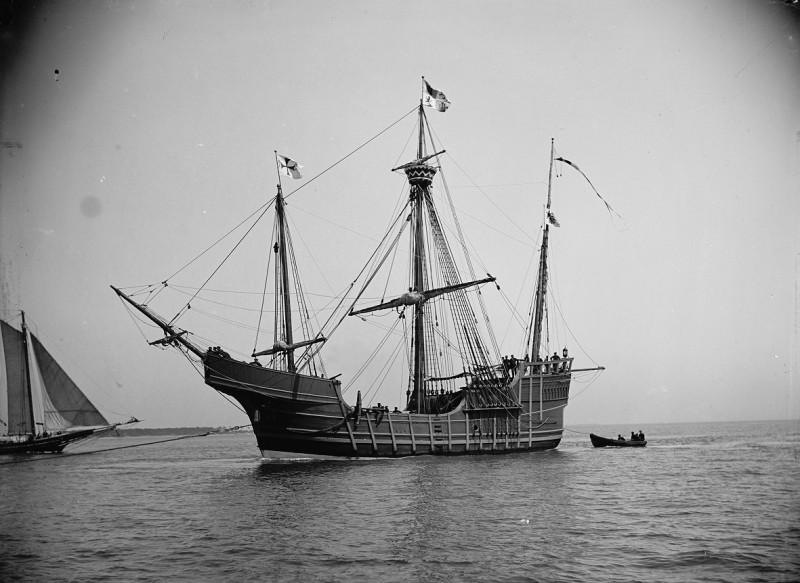
An 1892 replica of the famed Santa Maria.
In May, underwater archaeological investigator Barry Clifford announced that he believed his team discovered the shipwreck of Christopher Columbus’ Santa Maria, which ran aground in 1492. The expedition was carried out off the north coast of Haiti in 2003, but Clifford said he originally “misdiagnosed” the time period of one of the cannons, and only recently concluded the ship was in fact the Santa Maria.
But the United Nations Educational, Scientific, and Cultural Organization (UNESCO) responded in a report on Monday, stating a team of experts determined the ship was not the Santa Maria. The mission to further analyze the shipwreck was requested by the Haitian Government after Clifford announced his claim. Written by mission leader Xavier Nieto Prieto, the report stated, “there is now incontestable proof that the wreck is from a much later period.”
Nieto Prieto was chosen as mission leader by the Scientific and Technical Advisory Body of UNESCO’s Convention on the Protection of Underwater Cultural Heritage. He is the former director of Spain’s National Museum of Underwater Archaeology and an expert on Spanish shipwrecks. He visited the Cap-Haitian, located on the north side of Haiti, from September 9-14 of this year. He was accompanied by Tatiana Villega from UNESCO’s office in Haiti, Kenrick Demesvar from the Haitian Ministry of Culture, and Maksaen Denis from Haiti’s National Bureau of Ethnology.
The team discovered the bronze and copper fasteners found at the shipwreck site were likely from the 17th or 18th century, and before that time, only iron and wood fasteners were used when building ships. They also stated the wreck is too far from shore in comparison to entries from Columbus’ journal that explained the location details. Mission members suggested that further exploration be carried out in order to find the real Santa Maria, but did mention the possibility of the real ship being hidden under land because of heavy sedimentation in the area.
According to the Associated Press, Clifford continues to stand by his claim, and said it’s likely the copper and bronze fasteners came from a different ship that sunk in the same area. He further commented that the UNESCO report contains errors because the mission members did not contact him for any of the photos and charts he gathered during his research of the shipwreck. “All of this information I would have made available to UNESCO and they never asked me for it,” he told the AP.
The Independent stated that the UNESCO report does not provide a detailed analysis of the bronze and copper fasteners, which could have supplied the true age of the objects. For now, the argument continues.
Image courtesy of Edward H. Hart/Wikimedia Commons
 Your Privacy Choices
Your Privacy Choices
 The
The